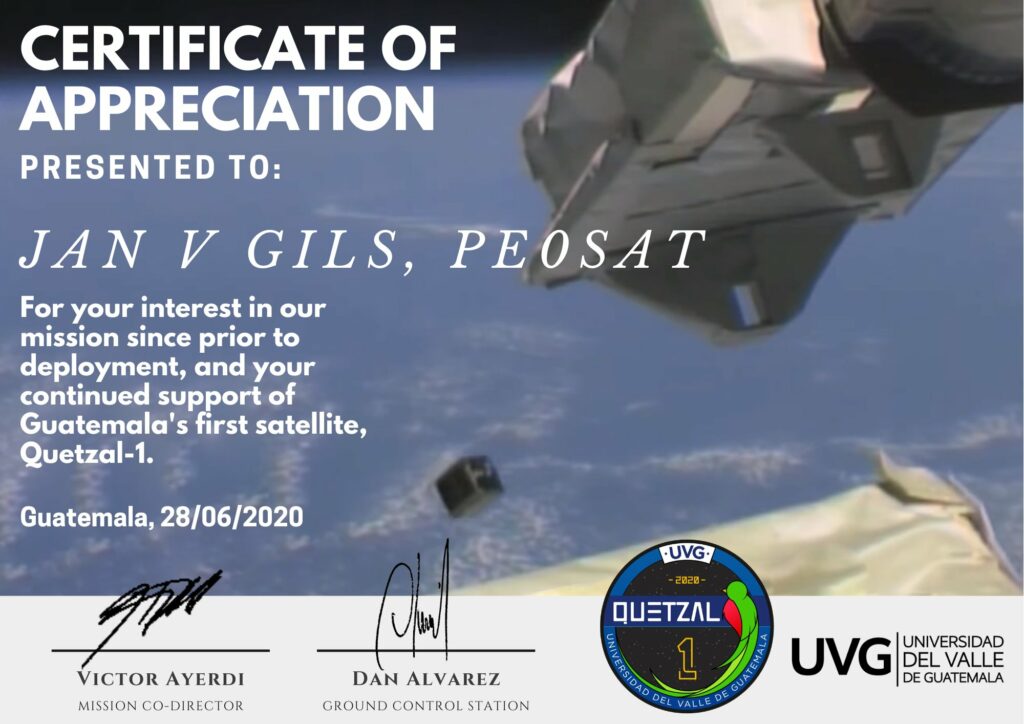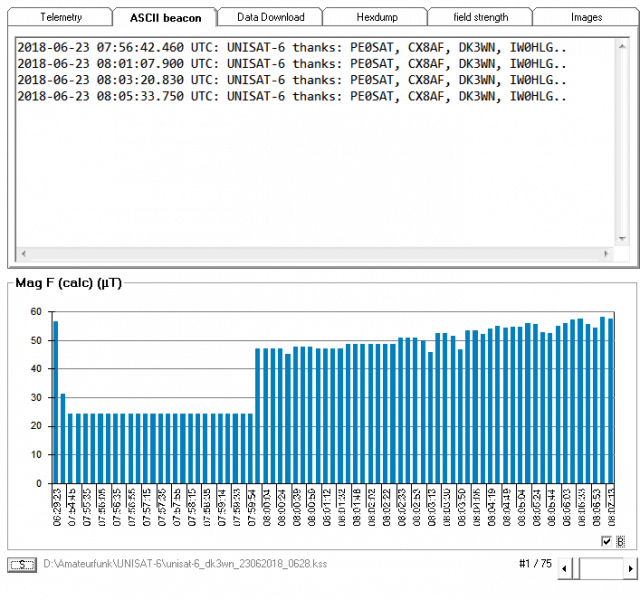Blue Ghost Mission 1 to the Moon.
Would it be possible with a minimal setup to receive signals from this mission to the Moon.
With the help of @eelkevisser I was finally able the receive Blue Ghost. A 5 turn LHCP helix on a broomstick (Blue Ghost used LHCP) into a Nooelec wide-band LNA, sysmocom S-band filter, Nooelec down converter and Airspy R2. Pretty awesome.
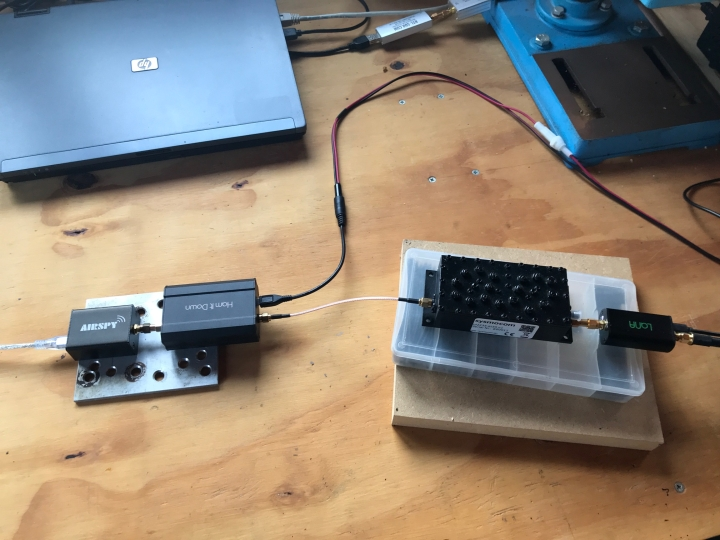
The antenna was pointed at a fixed location and I used the STRF tools to record the signals over a long period when the satellite was passing.
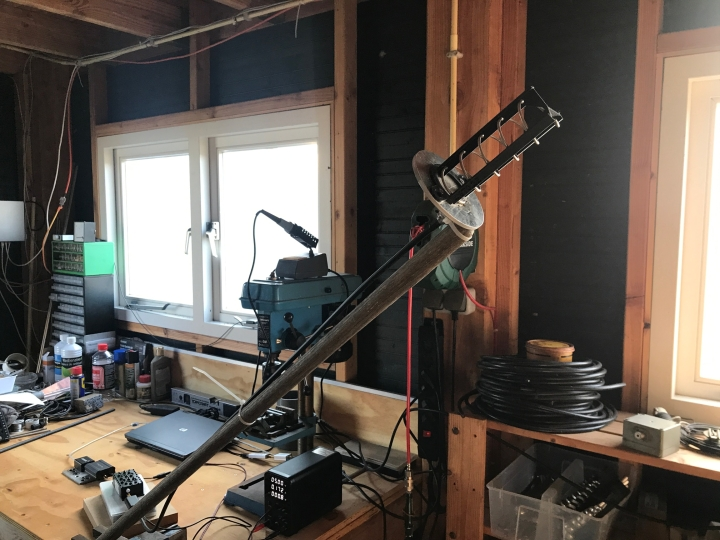
Doppler measurement:
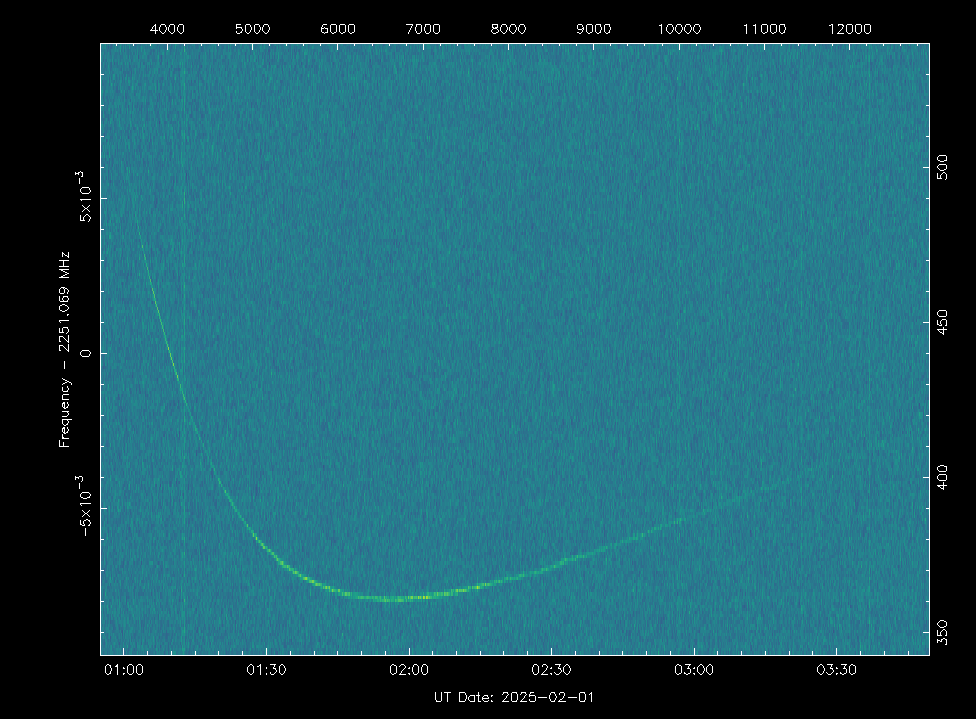
Source: Blue Ghost Mission 1

